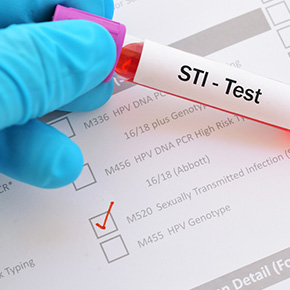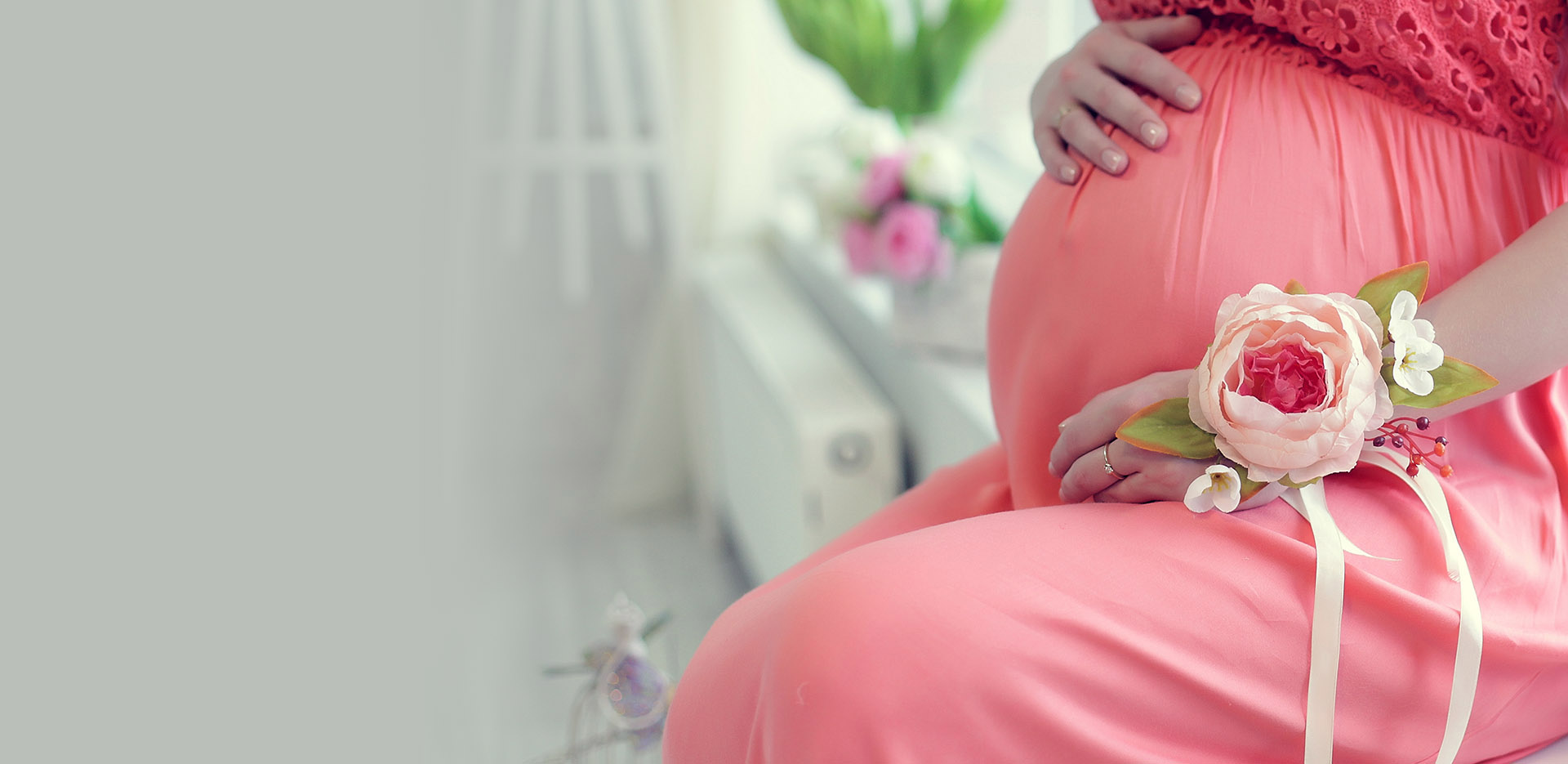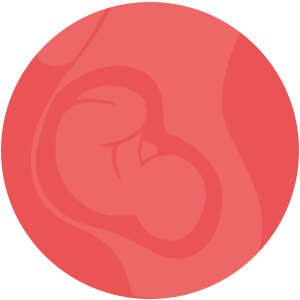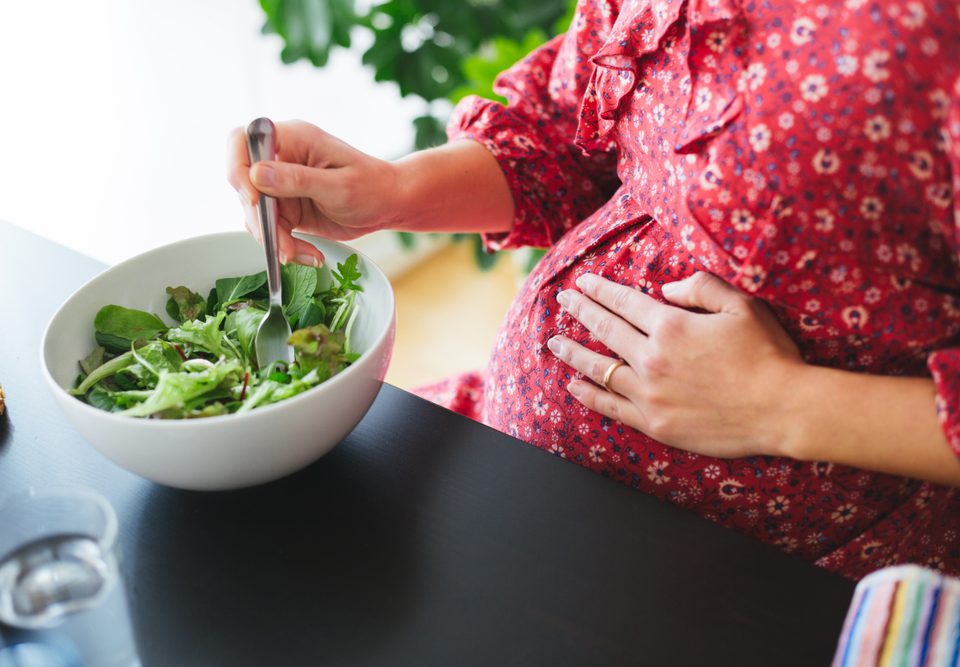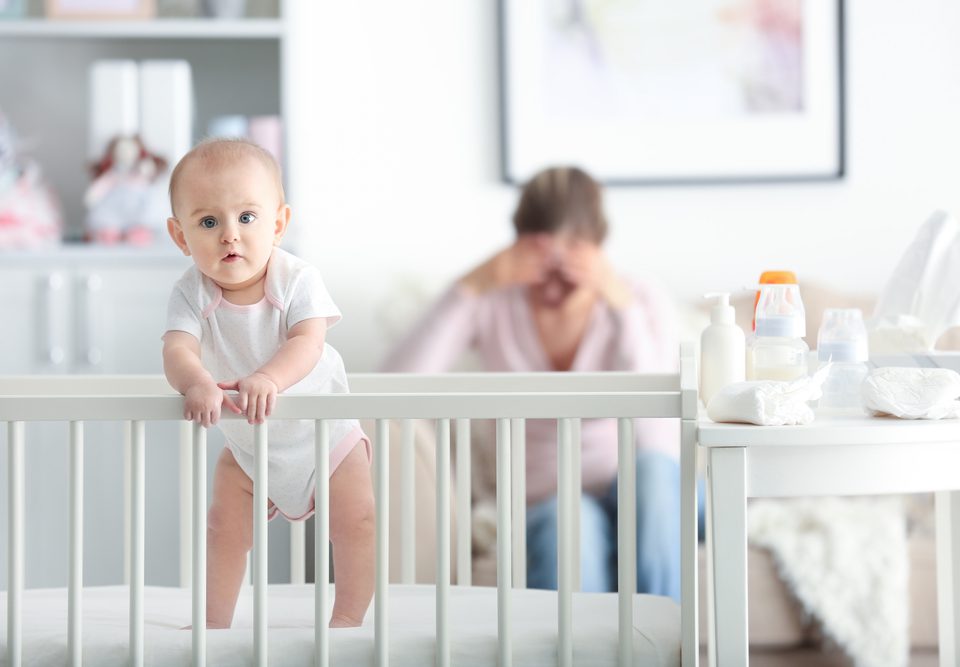The symptoms and physical changes in the mother

As you approach the birth of your dear little one, you will experience the final pregnancy symptoms. The increased pregnancy pressure affects your whole body so much so that that you may feel false contractions, in addition to pain in the stomach and the back. The stomach burning that you have experienced from the beginning of your pregnancy may probably intensify as your uterus puts extra pressure on your stomach. Seeing stretch marks or experiencing urine leakage may also upset us. But these discomforts matter so little when compared to the joy of holding your sweet baby in your arms.
Emotional changes in the mother
The tests
The group B streptococcus screening test is done during weeks 35-37 for detecting B streptococcus bacteria in your body. Although this bacterium is normally harmless for adults, it can lead to infection, intellectual disability, vision disorders, and hearing-loss in babies. If the result from our group B streptococcus screening test turns out to be positive, you need to take antibiotics when you are to deliver to ensure giving birth to a healthy baby.
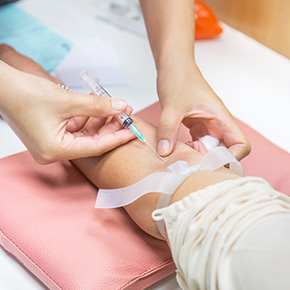
Electronic fetal heartrate monitoring is done to check the fetus’s heartrate during pregnancy and childbirth. The fetus’s heartrate shows your little one’s state and can signal any possible problems. We can do this test any time after week 20 of pregnancy.
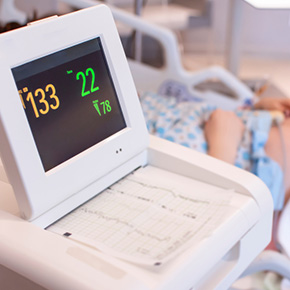
Women who have a high-risk pregnancy do a nonstress test (NST) on a weekly basis. This includes mothers who had a miscarriage or suffer from gestational diabetes. This test is like a normal abdominal sonography and monitors your little one’s heartrate while it is moving. The NST is also prescribed for women whose babies are overdue.
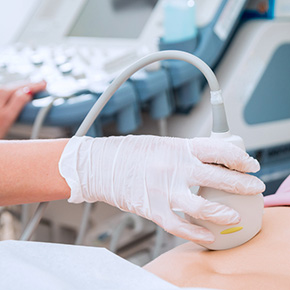
The contraction stress test (CST) is one of the tests which are performed for mothers who have a high-risk pregnancy. During this test, the baby’s heartrate is monitored as uterine contractions are stimulated through oxytocin injection or nipple stimulation. Doctors use the results from this test to determine how well the baby could cope with the stress of childbirth.
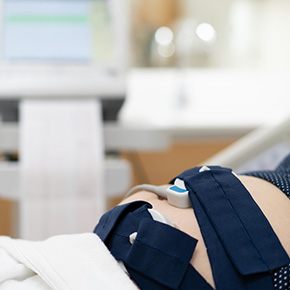
Sonography is a harmless, pain-free test which uses sound waves and images to show the shape and position of the baby in the uterus. In the third three months, sonography examines the placenta and sometimes, it is a part of the biophysical profile test to make sure that the baby receives enough oxygen. Mothers with a high-risk pregnancy will probably have multiple sonography tests in the third three months.

Sometimes, your doctor checks for STIs in the third three months, as they can lead to an infection in the baby and put it in danger during childbirth. Depending on your particular medical conditions and the risk factors, your doctor may examine you for detecting chlamydia, HIV, syphilis, and gonorrhea.
